Venous Disease: Types & Treatments
Venous disease encompasses a spectrum of conditions affecting the veins, which are crucial for the efficient circulation of blood throughout the body. While often overshadowed by other cardiovascular conditions, venous diseases can have significant implications for an individual’s health and quality of life. From varicose veins to chronic venous insufficiency (CVI), understanding the complexities of venous disease is essential for early detection, management, and prevention.
In this article you will learn:
What is Venous Disease?
Venous disease refers to a group of conditions characterised by abnormal functioning or structure of the veins, leading to impaired blood flow. This impairment can manifest in various ways, ranging from cosmetic concerns like spider veins to more serious issues such as venous ulcers. Varicose veins, one of the most recognisable forms of venous disease, occur when the valves within the veins weaken or become damaged, causing blood to pool and veins to bulge (1).
Chronic venous insufficiency (CVI) is another common type of venous disease, characterised by inadequate blood flow from the legs back to the heart over time. This condition often results in symptoms such as leg swelling, pain, and skin changes.
What are the Causes of Venous Disease?
Venous disease can arise from a combination of genetic predisposition, lifestyle factors, and underlying medical conditions. Genetics play a significant role, with a family history of venous disease increasing the likelihood of developing the condition. Lifestyle factors such as prolonged sitting or standing, obesity, and lack of exercise can also contribute to venous disease by placing additional strain on the veins and impeding proper blood flow (2).
Medical conditions such as deep vein thrombosis (DVT), a blood clot that forms in a deep vein, can further exacerbate the risk of venous disease. DVT not only disrupts blood flow, but can also lead to complications such as pulmonary embolism if left untreated. Pregnancy is another common risk factor for venous disease, as hormonal changes and increased pressure on the veins can impair circulation and valve function (2).
What are the Symptoms of Venous Disease?
Recognising the symptoms of venous disease is crucial for early intervention and management. Symptoms can vary depending on the type and severity of the condition but often include (3):
In severe cases, venous disease can lead to complications such as venous ulcers, open sores that form on the legs or ankles due to poor circulation and tissue damage.
How is Venous Disease Diagnosed?
Diagnosing venous disease typically involves a combination of medical history review, physical examination, and imaging tests. During the physical examination, a healthcare professional may assess the appearance of the legs, check for swelling or tenderness, and evaluate the function of the veins using techniques such as ultrasound (3).
Imaging tests, such as duplex ultrasound, provide detailed images of the veins and can help identify areas of blockage or reflux (backward flow of blood). These diagnostic tools enable healthcare providers to accurately assess the extent of venous disease and tailor treatment plans accordingly.
What is the Treatment for Venous Disease?
Treatment for venous disease aims to alleviate symptoms, improve venous function, and prevent complications. Depending on the the condition, treatment options may include (4):
The choice of treatment depends on various factors, including the patient’s overall health, the extent of venous disease, and individual preferences.
What are Prevention Strategies for Chronic Venous Disease?
While some risk factors for chronic venous disease, such as genetics, cannot be modified, there are several preventive measures individuals can take to reduce their risk (4):
By adopting these preventive strategies and incorporating them into your daily routine, you can minimise your risk of developing venous disease and maintain optimal vascular health.
Conclusion
Venous disease encompasses a diverse range of conditions that can significantly impact vascular health and quality of life. From varicose veins to chronic venous insufficiency, understanding the causes, symptoms, and treatment options for venous disease is essential for effective management and prevention. By recognising the signs of venous disease, seeking timely medical evaluation, and implementing preventive measures, individuals can take proactive steps to safeguard their vascular health and overall well-being.
How we reviewed this article:
- Sources
- History
Heart Smart Australia utilises a variety of credible and reliable sources to support and provide valuable insights into the topic being discussed. From academic journals to government reports, each reference has been carefully selected to add depth and richness of our articles.
- (1) Cleveland Clinic | Venous Disease
- (2) John Hopkins Medicine | Venous Disease
- (3) Ortega, M. A., Fraile-Martínez, O., García-Montero, C., Álvarez-Mon, M. A., Chaowen, C., Ruiz-Grande, F., Pekarek, L., Monserrat, J., Asúnsolo, A., García-Honduvilla, N., Álvarez-Mon, M., & Bujan, J. | (2021). Understanding Chronic Venous Disease: A Critical Overview of Its Pathophysiology and Medical Management. Journal of clinical medicine, 10(15), 3239
- (4) Healthline | Venous Insufficiency
Our team actively monitors health and wellness advancements, keeping our articles up-to-date with the latest information as it becomes available.




